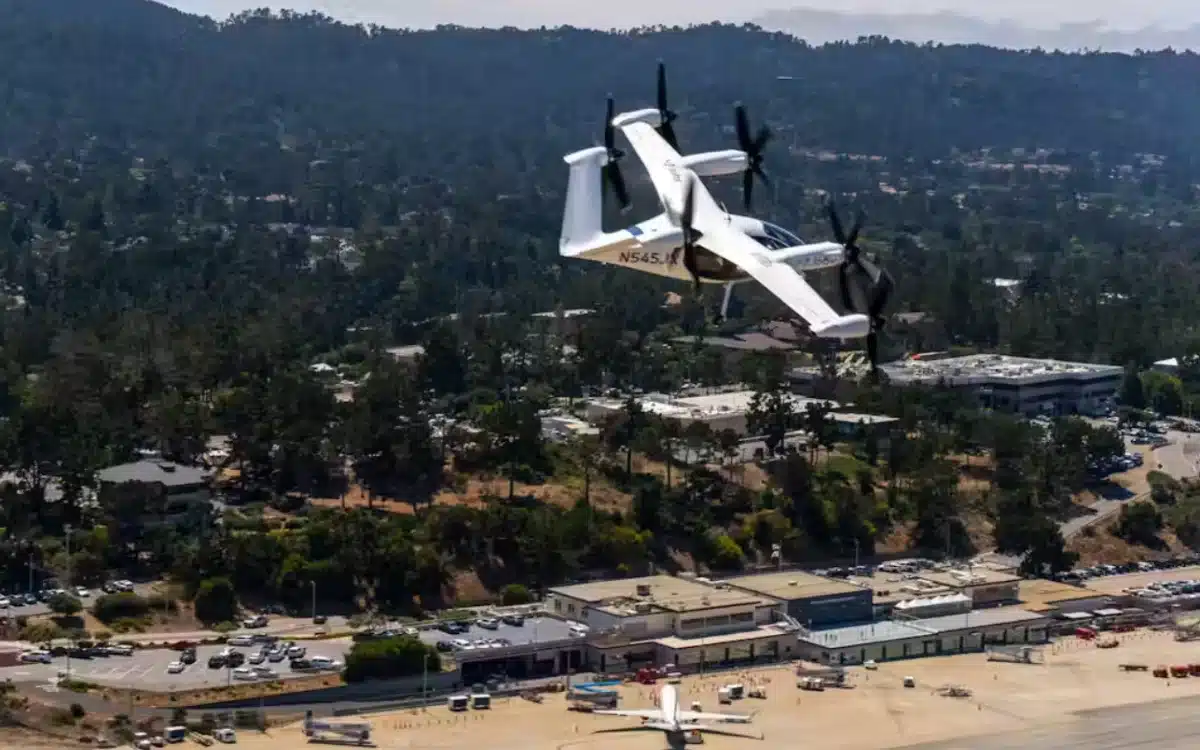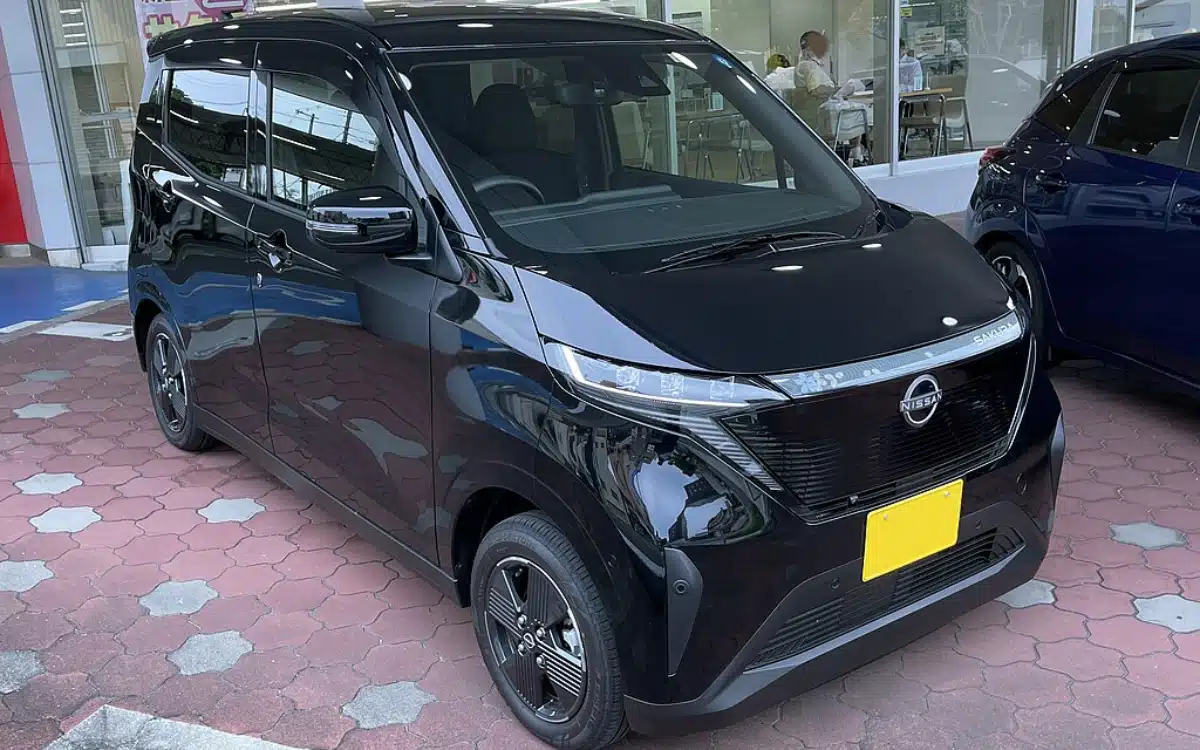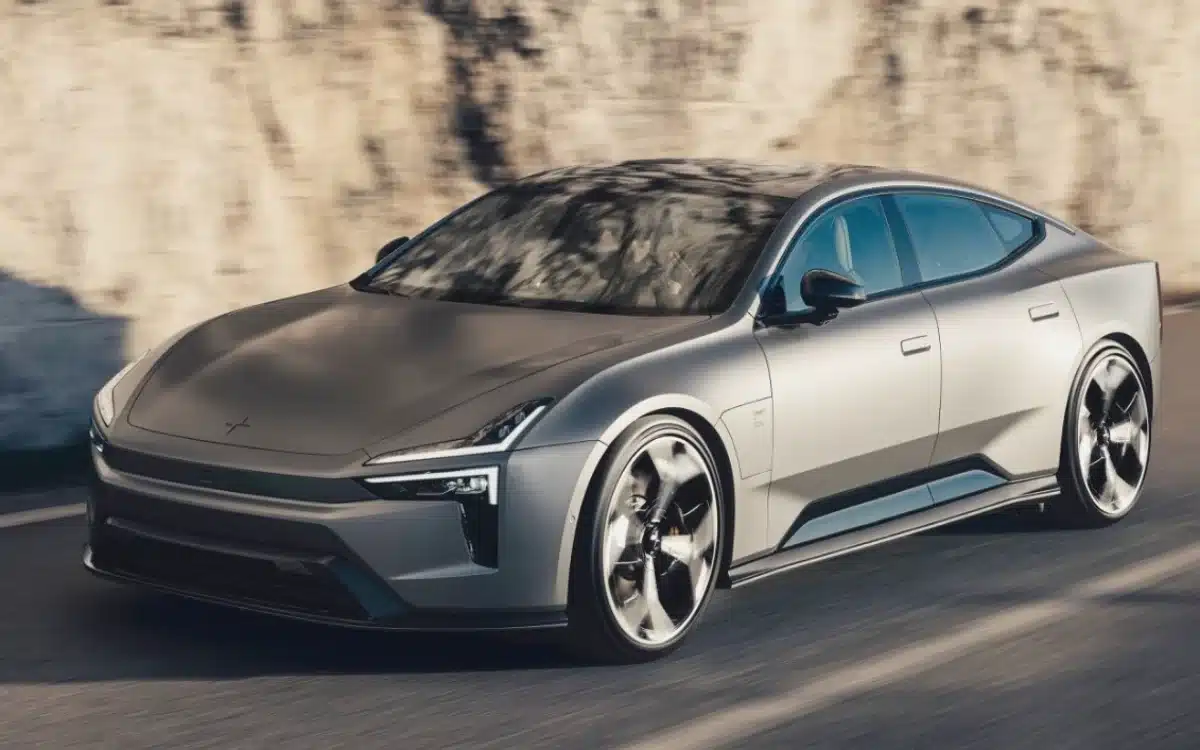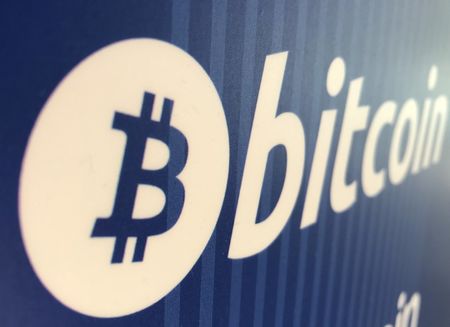Why Bitcoin Solaris at $4 Could Be Your Gateway to Financial Independence in 2025
The post Why Bitcoin Solaris at $4 Could Be Your Gateway to Financial Independence in 2025 appeared on BitcoinEthereumNews.com. Sui made headlines for launching a next-generation Layer 1 with developer-centric architecture, Move-based smart contracts, and high throughput. It attracted capital and attention as a promising Ethereum competitor, particularly for DeFi and Web3 applications. Yet, despite the technical merits, the reward model for everyday users has remained narrow. Without native rewards for most holders or low-barrier participation tools, Sui has struggled to convert passive holders into active earners. That’s where Bitcoin Solaris is beginning to outpace it in user-level momentum. Designed from the ground up for accessibility and protocol-level rewards, Bitcoin Solaris introduces a smartphone-based mining system, fixed-supply economics, and a presale model with 5X upside — all in one integrated ecosystem. From Holding Tokens to Earning Them With a Smartphone At the center of Bitcoin Solaris’s appeal is its Nova App, a mobile mining interface that allows users to earn BTC-S tokens daily. Mining requires only 1–5 GB of storage and background CPU, typically while the phone is idle or charging. The process is automatic, and rewards are based on uptime. Unlike Sui, which primarily rewards developers and institutional validators, Bitcoin Solaris gives earning power back to individual users. There’s no need to operate infrastructure, no lockups, and no risk of slashing. The mobile-native mining model is designed to make wealth creation as frictionless as possible, even for those new to crypto. Blockchain Infrastructure That Scales With Demand The technical foundation of Bitcoin Solaris ensures it can grow with global demand. It operates on a dual-layer architecture: the Base Layer uses Proof-of-Stake (PoS) and Proof-of-Capacity (PoC) to secure transactions, while the Solaris Layer runs Proof-of-History (PoH) and Proof-of-Time (PoT) for high-speed smart contract execution and mining logic. This architecture allows the network to process 10,000+ transactions per second with 2-second finality. That performance, combined with fully decentralized mining access,…

The post Why Bitcoin Solaris at $4 Could Be Your Gateway to Financial Independence in 2025 appeared on BitcoinEthereumNews.com.
Sui made headlines for launching a next-generation Layer 1 with developer-centric architecture, Move-based smart contracts, and high throughput. It attracted capital and attention as a promising Ethereum competitor, particularly for DeFi and Web3 applications. Yet, despite the technical merits, the reward model for everyday users has remained narrow. Without native rewards for most holders or low-barrier participation tools, Sui has struggled to convert passive holders into active earners. That’s where Bitcoin Solaris is beginning to outpace it in user-level momentum. Designed from the ground up for accessibility and protocol-level rewards, Bitcoin Solaris introduces a smartphone-based mining system, fixed-supply economics, and a presale model with 5X upside — all in one integrated ecosystem. From Holding Tokens to Earning Them With a Smartphone At the center of Bitcoin Solaris’s appeal is its Nova App, a mobile mining interface that allows users to earn BTC-S tokens daily. Mining requires only 1–5 GB of storage and background CPU, typically while the phone is idle or charging. The process is automatic, and rewards are based on uptime. Unlike Sui, which primarily rewards developers and institutional validators, Bitcoin Solaris gives earning power back to individual users. There’s no need to operate infrastructure, no lockups, and no risk of slashing. The mobile-native mining model is designed to make wealth creation as frictionless as possible, even for those new to crypto. Blockchain Infrastructure That Scales With Demand The technical foundation of Bitcoin Solaris ensures it can grow with global demand. It operates on a dual-layer architecture: the Base Layer uses Proof-of-Stake (PoS) and Proof-of-Capacity (PoC) to secure transactions, while the Solaris Layer runs Proof-of-History (PoH) and Proof-of-Time (PoT) for high-speed smart contract execution and mining logic. This architecture allows the network to process 10,000+ transactions per second with 2-second finality. That performance, combined with fully decentralized mining access,…
What's Your Reaction?








































